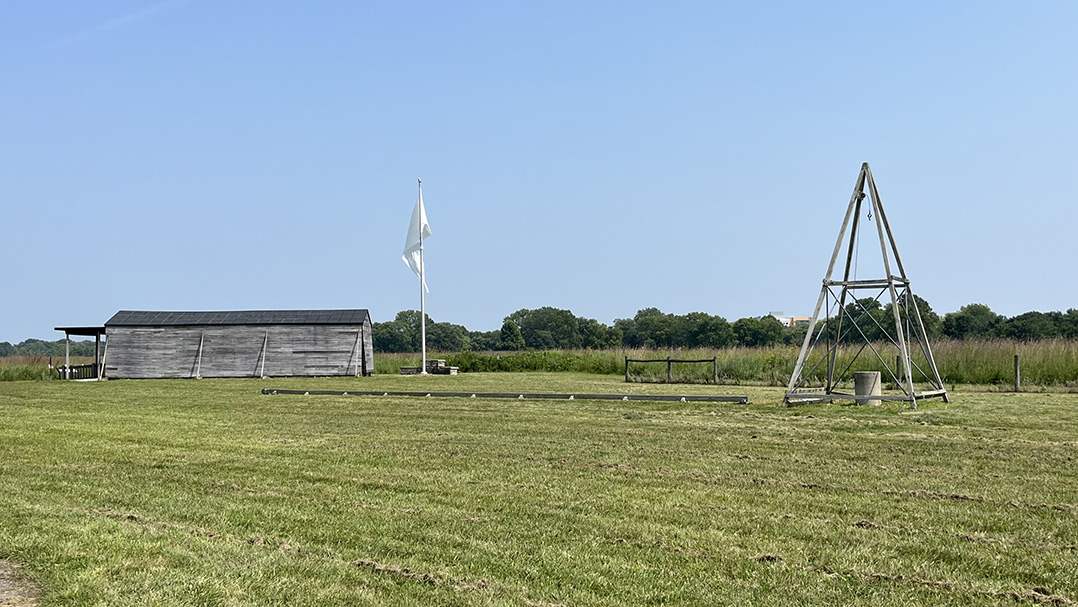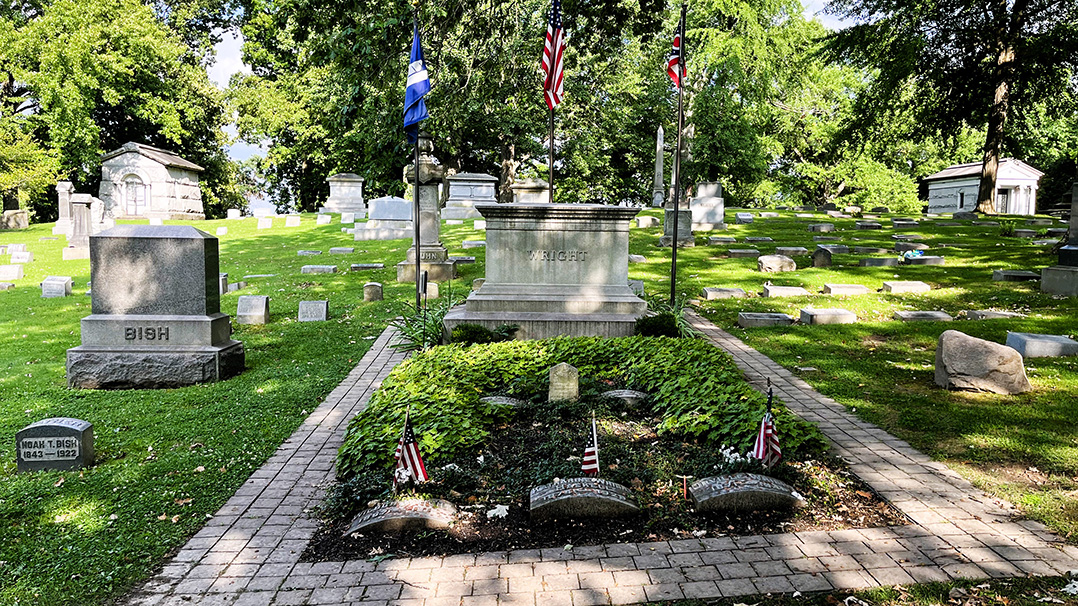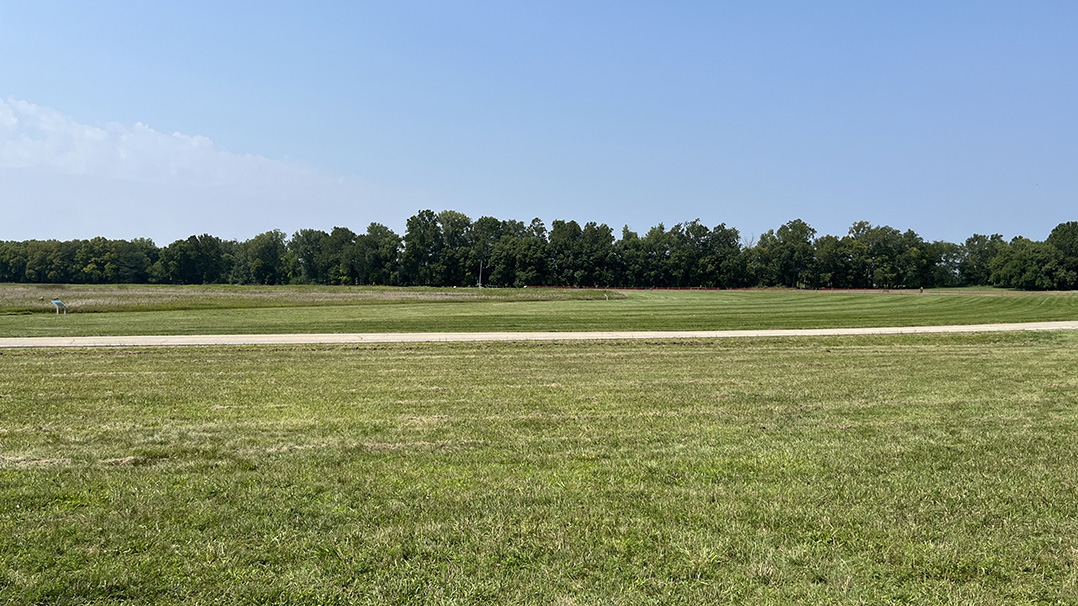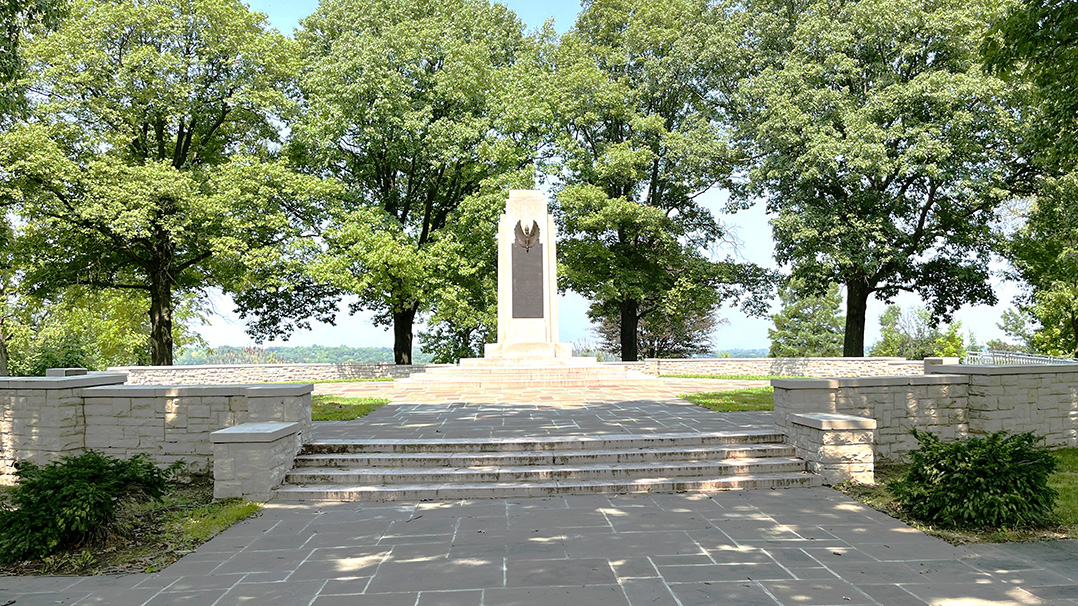Today, in our continuing visits to sites within easy driving distance of Indianapolis, we make additional stops in Dayton, Ohio, related to the Wright brothers.
Orville and Wilbur Wright selected Kitty Hawk, N.C., to test their gliders and powered airplane because its sand provided softer landings and its strong winds provided additional lift. Their first three powered flights on Dec. 17, 1903, the longest of which lasted less than a minute, were into a 21-mph headwind. Because of the expense of traveling to and living in Kitty Hawk, they decided to continue their flight experiments closer to their home in Dayton. They selected 84-acre site 8 miles northeast of town called Huffman Prairie. Because the winds there were more erratic and calmer than those in Kitty Hawk, they built a catapult in which a falling 1,600-pound weight, lifted into place by a team of horses, propelled the plane toward the end of the launching track. At Huffman Prairie, the brothers literally learned to fly. The most important lesson they learned was how to warp the wings to bank their biplane, enabling controlled turns. On Oct. 5, 1905, in a new plane with a 25-horsepower engine, Wilbur was able to circle Huffman Prairie 29 times before his fuel ran out. The age of aviation had begun.
Today, the Huffman Prairie Flying Field, including a reconstructed catapult and launching track, is open to the public as part of the Dayton Aviation Heritage National Historical Park. The Wright Brothers Memorial overlooks Huffman Prairie, the largest prairie remnant in Ohio. An interpretive center across the street includes exhibits about the Wright brothers and their flights. Wilbur, who died in 1912 at age 45, and Orville, who died in 1948 at age 76, are buried in Dayton’s Woodlawn Cemetery, along with their parents and sister.






